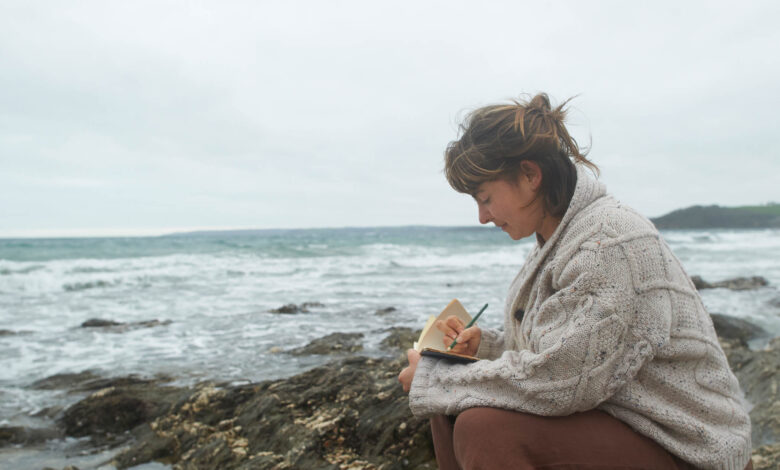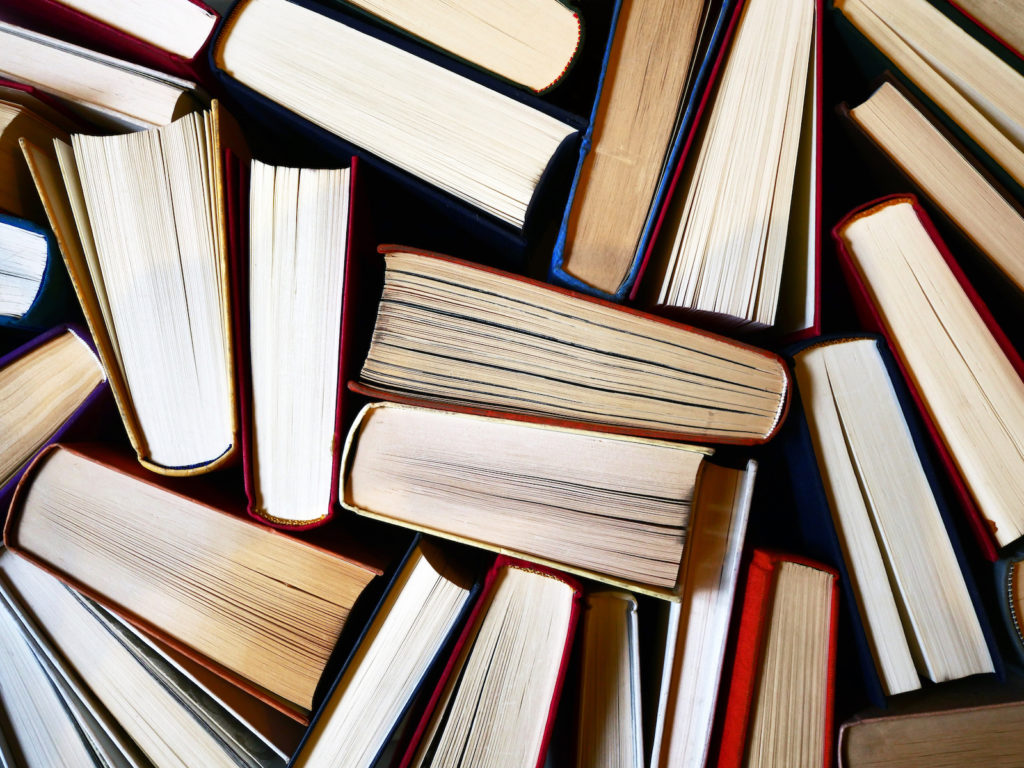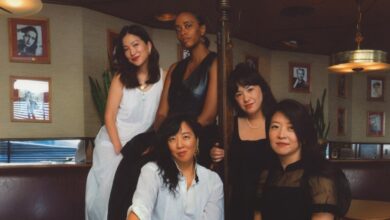The book that transformed my writing life

My memories of this summer won’t live on in the form of Mediterranean souvenirs, scars from scuffed knees or a string of pleasant hangovers, but instead two ratty notebooks filled with my most mortifying, innermost aspirations. That is because, next week, I’ll complete The Artist’s Way, the bestselling self-help book written by the screenwriter Julia Cameron and published in 1992, which takes readers through a 12-week course of “artistic recovery” involving tasks, self-reflection and solo “artist’s dates”. The book is meant to help individuals overcome creative block and connect with their artist within. Over the course of three months, Cameron says, you will learn how to listen to your buried artistic desires and quell the expectations and anxieties that keep you from making art. Through daily “morning pages” – handwriting three A4 sheets of stream of consciousness – and reading a chapter a week, The Artist’s Way promises a braver, bolder you in return.
My participation feeds into The Artist’s Way’s wider renaissance: over the past two years, the book has become a quietly popular trend, in part thanks to low-key social media virality, but largely, it seems, as the result of whispered word of mouth. I came across it in a group chat with writer friends in 2023, and later learned that some successful authors I know have used it, privately, to work through tricky parts of their careers. A friend suggested we do it together after she heard about its benefits from a guest speaker on a comedy-writing course. We each had books we were beginning to write. We thought this might be a tidy summer project.
It wasn’t surprising to me that a bunch of writers have been eager to pick up a book that promises to help them write better. But the adoration and high success rate became baffling when I actually started reading the book. It’s objectively hokey, written in a tone you might expect from a gauzily dressed art teacher or an especially kooky celebrant. You’re asked to tape affirmations to your desk or bathroom mirror, to write letters to your childhood enemies, to draft a unique prayer to read out loud to yourself. God is mentioned constantly. Because it was written in the 90s, for a 90s audience, there are themes and exercises that don’t ring true in 2025. One week, for example, you are forced to not read news, books or magazines – an exercise that feels counterintuitive in a phone-addicted era.
It’s objectively hokey, written in a tone you might expect from a gauzily dressed art teacher or an especially kooky celebrant
I wasn’t sure if my cynicism was holding me back from transformation, or if I was simply seeing Cameron as a scammer, but I felt unconvinced I would get anything out of The Artist’s Way. I voice-noted my friend to complain that I actually felt more anxious after morning pages, that I wasn’t getting much out of reflecting on teachers who’d criticised me, or drawing sketches of my childhood bedroom. At times I wondered, as I sat at the bar on a Friday lunchtime and ordered my second cocktail, whether I was using these artist’s dates as an excuse for indulgence, rather than a space to tend to my creative self.
What I’ve learned, however, is that Cameron would argue this is at least partially the point. At its core, The Artist’s Way encourages you to hone in on the specifics of your anxieties and, rather than ruminating over or trying to fix them, asks that you choose to carry on anyway. It wants you to do what artists have historically been much better at: being in and of the world, giving yourself permission to be a beginner, sometimes doing away with self-consciousness. On their own, the tasks feel ridiculous. Over time, they chip away at the fear of failure until one day you notice your hand doesn’t hurt from morning pages and that the ideas come more easily when you allow yourself room to have fun and explore.
Watching videos on TikTok and YouTube, you’ll find this ethos is often what makes this book resonate. Its popularity is a response to almost everything that defines our time: encouraging us to push back against an obsession with constant growth, the financial priorities of late capitalism, rising screen times, anti-cringe culture, AI and algorithmically determined art. It feeds a yearning to reconnect with our right brain and to force ourselves out of our comfort zones – as well as our desire to literally be forced out of the house. Cameron asks readers to get in touch with the tactile. You write with pen and paper; create collages; go to your local park or church or café and engage with your physical senses. Another, freer you emerges on the other side of the belief that life is best lived when, within reason, you try to answer your potentially embarrassing inner calling rather than live a restrained version of life for the sake of meeting societal expectations – or, more often, to capitulate to our own self-judgments.
The Artist’s Way has not been the creative overhaul Cameron promised. But it has given me the licence to enjoy myself; the rare opportunity to be playful as an adult. In doing so, I have become more decisive and less worried – about my work, about where I want to go for lunch. These three months have reminded me of the easily forgotten reality that, amidst uncertainty, we all have more control over our pleasure than we like to admit. Sometimes the only thing standing in the way is a commitment to trying.
And another thing… Movie gold, drinks with benefits, and denim dreams
Jean genius: I’m a famous non-shopper and almost as famously a jeans-shopping hater, which is why I was elated when my new pair of Slvrlake midrise flares fit perfectly on the first go. They’re comfortable, flattering and sustainable, according to fashion ethics tracker Good On You. (And also, a fraction of the price on The Outnet.)
Natural high: The first time I tried You + I kombucha, I gasped and stared dumbfounded at the bottle. It’s the most delicious, most soda-ish fermented drink I’ve ever had (and the Lime Sea Salt flavour has even converted the vinegar-fearing sceptics in my life). It manages to still feel like a sophisticated treat when you want a grown-up drink, but opt for a non-alcoholic one.
Forties film club: After rewatching the criminally underrated Ray Milland in Dial M For Murder, my partner and I finally tried The Lost Weekend (1945) on Prime Video, an intimate, wrenching portrait of alcoholism that won Milland the Oscar for Best Actor and took home Best Picture, too. The writing feels fresh; Milland is characteristically magnetic. The novel it is based on has been added to my list of beach reads for next month’s holiday.
Source link




